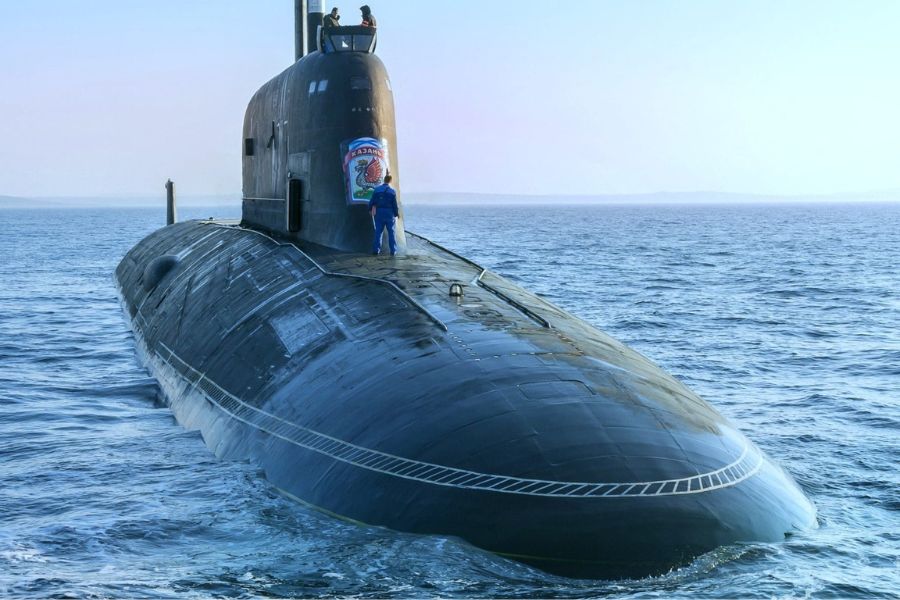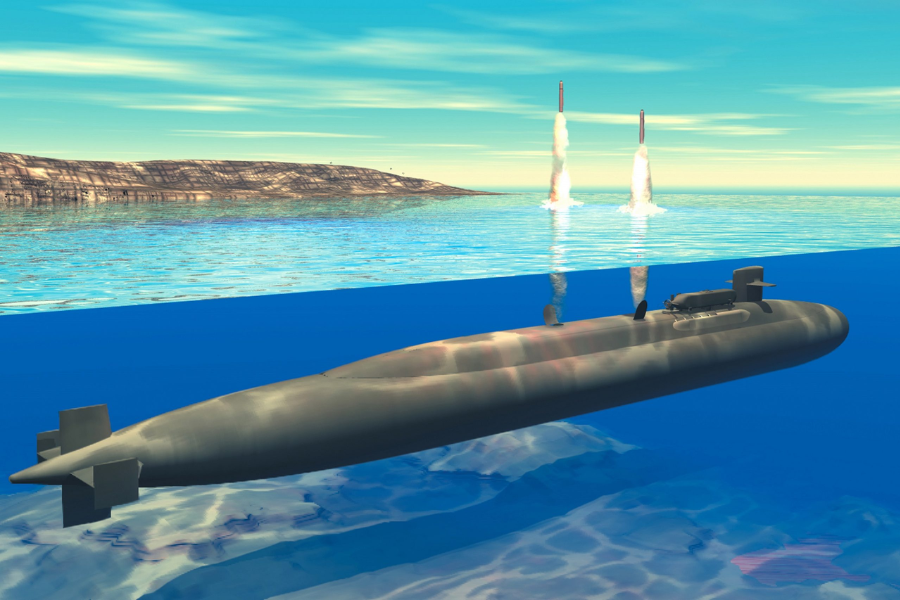Introduction
The cold, dark depths of the world’s oceans conceal more than just marine life and forgotten shipwrecks. Among the silent wreckage scattered across seabeds are remnants of some of the most powerful machines ever created nuclear submarines. These behemoths of steel and technology were designed for stealth, endurance, and immense destructive capability. But what happens when these nuclear giants sink? Are sunken nuclear submarines dangerous? This question continues to spark international concern among scientists, military analysts, and environmentalists alike.
Understanding Nuclear Submarines

To comprehend the risks, we must first understand the nature of nuclear submarines. These vessels are powered by onboard nuclear reactors that allow them to operate underwater for months at a time without surfacing. Some are also armed with nuclear warheads, making them not only mobile powerhouses but also potential environmental disasters if compromised. The concern arises when these submarines are lost at sea, leaving behind radioactive materials deep under the ocean. So, are sunken nuclear submarines dangerous simply because they are nuclear-powered, or is the real risk more complex?
Accidents That Changed the Conversation
There have been several high-profile accidents involving nuclear submarines. The USS Scorpion was lost in 1968, the same year the Soviet submarine K-129 sank in the Pacific Ocean. Another Soviet sub, K-219, went down in 1986 with nuclear warheads onboard. Each of these incidents forced governments to reassess the implications of underwater nuclear contamination. The prevailing question remains: are sunken nuclear submarines dangerous due to their initial impact or because of their long-term presence on the seafloor?
Radioactive Risks: A Long-Term Threat
The primary concern with sunken nuclear submarines is the leakage of radioactive materials into the marine environment. Over time, the metal hulls corrode, and the containment of nuclear fuel or warheads may become compromised. This brings up urgent questions: are nuclear submarines that have sunk harmful since they can emit radiation gradually, harming marine life and possibly getting into the human food chain? Many scientists argue that even decades after the event, these vessels pose an ongoing environmental risk.
International Waters, Shared Problems
The oceans do not respect political boundaries. A nuclear submarine that sinks in international waters poses a risk to multiple nations. In 1989, for example, the Russian K-278 Komsomolets drowned in the Norwegian Sea carrying two nuclear torpedoes and a nuclear reactor. This led to international monitoring efforts, particularly from nearby Norway. This case highlights how are sunken nuclear submarines dangerous is not merely a national security question but a global environmental concern.
Ecological Impact and Marine Contamination
Radiation can wreak havoc on marine ecosystems. From plankton to large predators, organisms exposed to radioactive materials may suffer from mutations, reproductive issues, and even mass die-offs. When asking, are sunken nuclear submarines dangerous, we must consider their potential to destabilize entire marine food chains. Even trace amounts of radiation can accumulate in fish, which are then consumed by humans, bringing the threat full circle.
Recovery vs. Risk: The Debate
Recovering a sunken nuclear submarine is an expensive, complex, and hazardous task. In some cases, such as the partial recovery of K-129 by the U.S. in Project Azorian, the operation was part espionage, part safety concern. However, many submarines remain untouched due to depth, cost, or the potential of triggering a greater release of radioactive material. Thus, the question are sunken nuclear submarines dangerous intersects with economic and political realities. Sometimes, leaving them where they are may be seen as the lesser of two evils—but is that wise?
Monitoring the Unknown

International bodies and environmental organizations continue to monitor known wreck sites, often using underwater drones and radiation sensors. Yet the ocean is vast, and not all wrecks are fully documented or even located. The mystery of these lost vessels feeds public anxiety. Even though we are unsure of their precise location, are nuclear submarines that have sunk dangerous? The absence of precise data makes it difficult to assess the full scope of the problem.
Legal and Ethical Challenges
Under maritime law, the responsibility for a sunken vessel typically remains with the country that operated it. However, few nations are eager to accept liability for a decades-old disaster, especially when cleanup could cost billions. Ethically, though, the world has a duty to address this submerged threat. Will bureaucracy continue to stall decisive action, or are sinking nuclear submarines dangerous enough to require immediate international cooperation?
Cold War Legacy and Continued Secrecy
Many nuclear submarine wrecks are remnants of the Cold War, a time defined by secrecy and strategic posturing. Information about these vessels was often classified, and in some cases, still is. This lack of transparency hinders global safety efforts. Are sunken nuclear submarines dangerous partially because we still don’t know enough about them? Without full disclosure, scientists can only speculate about the contents and condition of these underwater relics.
Modern Submarines, Modern Risks
Even with their enhanced safety features, contemporary submarines can still have mishaps. While newer designs may reduce the likelihood of radiation leakage, the risks remain. The increasing militarization of oceans by nuclear powers adds to the global inventory of potential underwater hazards. The ever-relevant question—are sunken nuclear submarines dangerous—extends into the future as more countries develop and deploy nuclear fleets.
Lessons from the Past: What We’ve Learned
Over the past few decades, studies on submarine wrecks have provided valuable data. For instance, Norwegian researchers regularly monitor the wreck of the Komsomolets and have noted low but detectable radiation levels. These findings show that while immediate disaster might be avoided, the long-term ecological impact is still unfolding. Hence, are sunken nuclear submarines dangerous must be answered not only by what happens today but what might happen tomorrow.
Future Technologies and Potential Solutions
Advancements in robotics, underwater engineering, and radiation shielding offer hope for safer monitoring and possible recovery missions. There is growing interest in using autonomous submersibles to seal or stabilize wreck sites. With political will and scientific funding, we may one day neutralize the threat. But until then, are sunken nuclear submarines dangerous will remain a haunting reminder of humanity’s technological reach and environmental responsibility.
Risk to Human Populations
The threat doesn’t stop with marine life. Coastal communities that rely on fishing and seafood exports could face health risks and economic disruption if radiation from a sunken sub contaminates regional waters. The potential for slow-moving disaster underscores how are sunken nuclear submarines dangerous is not just an ecological question but a deeply human one, affecting livelihoods and public health across generations.
Media and Public Awareness
Surprisingly, this issue rarely makes headlines, despite its gravity. Public awareness remains low, partly due to the technical nature of the threat and partly due to intentional secrecy. Increasing public understanding of the issue can pressure governments into action. Are sunken nuclear submarines dangerous might not trend on social media, but it remains one of the most underappreciated threats lurking beneath the waves.
Call for Global Action
What’s needed is a comprehensive, international framework to address sunken nuclear submarines similar to the treaties governing space debris or oil spills. Nations must agree on shared responsibilities for monitoring, data sharing, and, where feasible, cleanup. Only through collaboration can we answer the question of whether sunken nuclear submarines are dangerous with a strategy, not just speculation.
Conclusion
In conclusion, the answer to Are sunken nuclear submarines dangerous is a resounding yes, though not in a cinematic, explosion-laden way. The danger is silent, slow, and potentially catastrophic over time. Whether it’s environmental degradation, risk to human life, or political complications, sunken nuclear submarines represent a ticking time bomb on the ocean floor. As the world grapples with nuclear proliferation, climate change, and ecological fragility, it cannot afford to ignore what lies beneath the surface.
Uncover the untold stories behind the fame at grinnos.com
